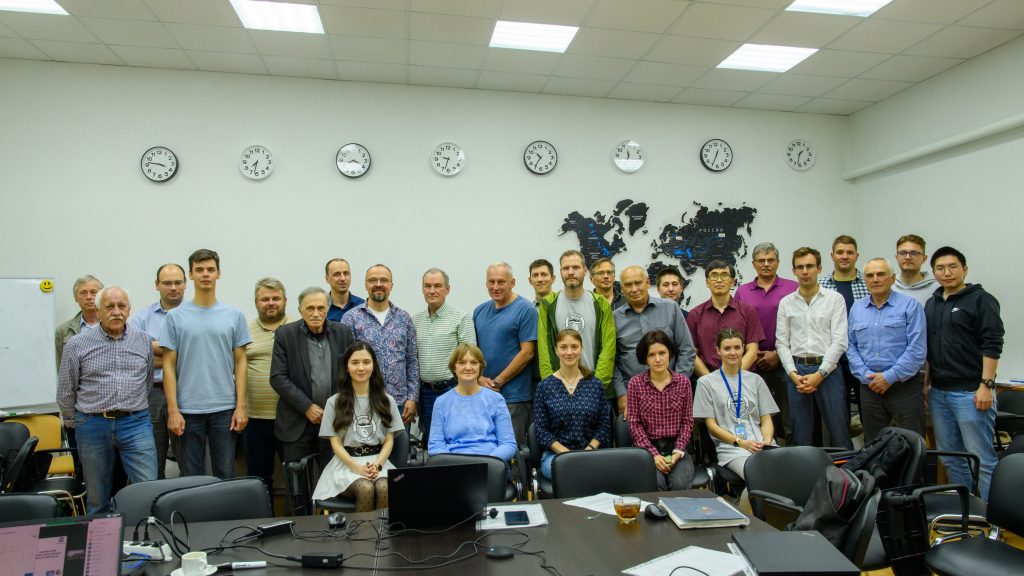
The Baikal Deep Underwater Neutrino Telescope (or Baikal-GVD–Gigaton Volume Detector) is an international project in astroparticle physics and neutrino astronomy. The construction of Baikal-GVD is motivated by its discovery potential in astrophysics, cosmology, and particle physics.
Objectives: Its primary goal is a detailed study of high-energy cosmic neutrino fluxes and the search for their sources. Baikal-GVD can also search for dark matter candidates, neutrinos from superheavy particle decays, magnetic monopoles, and other exotic particles. Baikal-GVD is also thought to be a platform for environmental studies of Lake Baikal’s ecosystem.
Construction stages:
In 2015, after deploying a demonstration cluster of 192 optical modules, the preparatory phase of the project was finished.
In 2016, by deploying the first of eight clusters in its basic configuration, the construction of the first phase of Baikal-GVD (GVD-I) was started.
In 2021, GVD-I was completed—8 clusters with 288 optical modules, 0.4 km3 in volume.
In 2023, Baikal-GVD consists of 12 clusters.
Collaboration: The Baikal-GVD Collaboration includes 9 institutions and organizations from 4 countries.
Across the globe: Baikal-GVD is one of the three neutrino detectors worldwide, along with IceCube at the South Pole and KM3NeT in the Mediterranean Sea.
